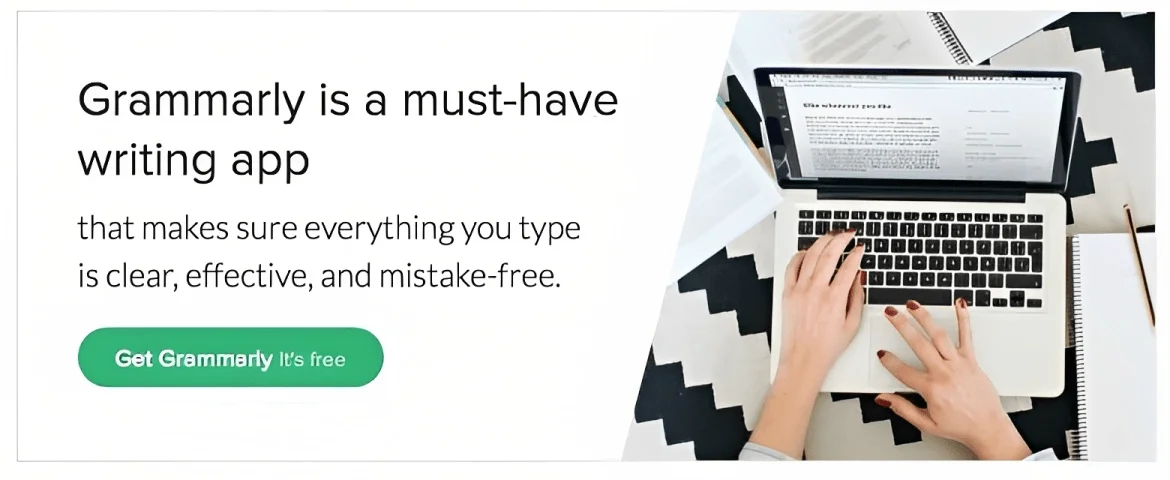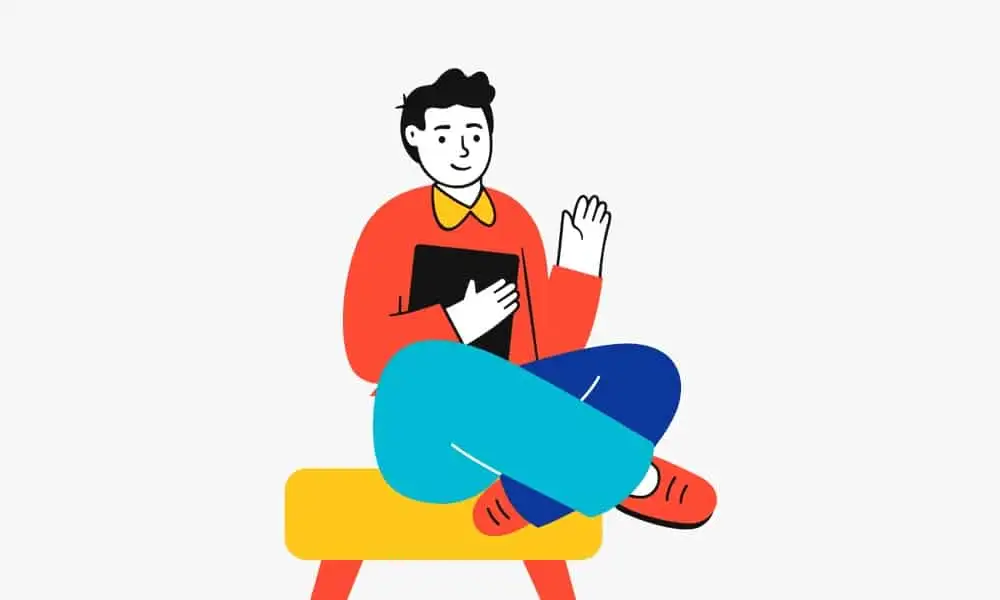Wondering how to optimize the image?
Then you are in the right place.
Check out the Image SEO Guide and learn how to optimize images in 6 easy steps.
How To Optimize Images For SEO – Image SEO?

We all use images, and infographics on our site to make it good.
Using images on the site (both jpeg and gif) grab the attention of the readers easily.
If you do not use an image describing your post, you can create one with paint with the title of your post and save it as a jpeg.
Images are not only used to attract viewers but also increase traffic to your site. But, to do that you need to optimize your images.
Many of us optimize our posts. But we forgot to optimize the images in the post. If you wish to increase SEO and traffic, you need to optimize images.
Name your Image
Naming your image files is the first and most important step.
An image may have a random name like image007.jpg, image341048.jpg.
But before uploading the images, you need to name your image which is relevant to your post title.
If you do not name your image and just add the caption, the image will only load as xxx.jpg in the search engine. xxx can be any random name.
Also, remember to use hyphens while naming the image.
For example, use optimize-image-SEO instead of optimizeimageseo
Reduce the file of your image
The size of the image is directly proportional to the load site of your page.
It directly affects your viewers and SEO.
If the load time of your page is high, people will not wait for it to load.
They will just go to the previous page of the search engine or close your page and open a different one that loads faster.
You may think that WordPress resizes your images.
Actually, it does not. Browsers will first load large images and then resize them.
Though it is necessary to re-size the image, you should not compromise the quality of the image.
You need to take care of both the quality and the size of the image are taken care of.
There are several tools available online to resize your images.
You can use either an online tool or any software to resize your images.
If you have already uploaded the images without reducing the size, you can use Smush.it is a plugin to reduce the size of the images on your site.
Alt Text
Adding Alt Text is an important image optimization tip.
Alt-text is the short form of alternative text.
We can recognize an image when we see it. But, for a bot, it is not possible. Therefore, it is important that you need to add alt text to your images.
Almost all search engines are only text-based. When you provide alt text for your images, it will be very helpful for them to understand the image.
When a picture loads, it will show a blank space first. Readers cannot understand what is going to appear in the blank space if there is no alt text.
Many people, for example, users with visual impairments, people using screen readers, or who have low-bandwidth connections—may not be able to see images on web pages.
Descriptive alt text provides these users with important information.
Best format for writing alt text
Not so good:
<img src="puppy.jpg" alt=""/>
Better
<img src="puppy.jpg" alt="puppy"/>
Best
<img src="puppy.jpg" alt="Dalmatian puppy playing fetch">
To be avoided
<img src="puppy.jpg" alt="puppy dog baby dog pup pups puppies doggies pups litter puppies dog retriever labrador wolfhound setter pointer puppy jack russell terrier puppies dog food cheap dogfood puppy food"/>
Check: On-Page SEO Techniques to Rank your Site
Image formats
There are several formats of an image.
If you are concerned about the load time and image quality, you need to select an appropriate format for the image. Below are the commonly used image formats:
.jpg – Used for picture-like photographs.
.png – Used for the graphical picture of logos, banners, etc
.gif – Used for animation banner.
A caption To Your Image
Though it has no value for SEO, adding a caption may look attractive.
Here is the SEO-optimized image for your reference.

Conclusion
In this post, we have seen how to optimize images for SEO and traffic.
It may look like you need to work more to optimize the images. But once you follow these simple steps, it will be easy for you.
If you have any other tips to optimize the images, do let us know about them. Don’t forget to share if you like this post.



